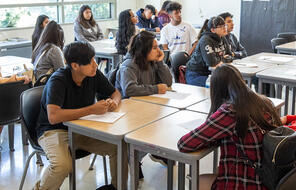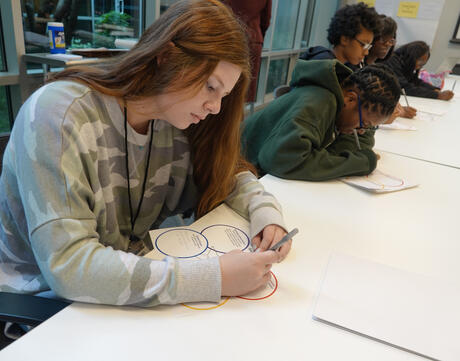
Exploring Identity
At a Glance
Language
English — USSubject
- History
- Social Studies
Grade
9–12Duration
One 50-min class period- Culture & Identity
Overview
About this Lesson
The question “Who am I?” is especially critical for students during adolescence. The goal of this lesson is to prompt students to consider how the answer to this question arises from the relationship between the individual and society, the topic explored in the first stage of Facing History and Ourselves scope and sequence.
Understanding identity is not only valuable for students’ own social, moral, and intellectual development, it also serves as a foundation for examining the choices made by individuals and groups in the historical case study later in the course.
In this lesson, students will learn to create visual representations of their own identities, and then they will repeat the process for the identities of several individuals they read about. In the process, they will analyze the variety of ways we define ourselves and are defined by others.
The factors that influence our identities are too numerous to capture in a single class period. The resources suggested in this lesson include some of these influences—such as race and personal interests—but not others. Chapter 1 of Holocaust and Human Behavior includes additional resources that address a larger variety of factors that influence identity, most of which can easily be added or swapped into the activities of this lesson.
In some environments, it might be especially important to address one specific identity: Jewish identity. Because Jews were a primary target of malicious stereotyping, discrimination, and horrible violence in the historical period explored later in this course, it is important for students to have a basic understanding of the faith, culture, diversity, and dignity inherent in Jewish identity. In some schools and communities, students may not know anyone who identifies as Jewish, or they might not have had any exposure to Jewish faith, culture, and diversity. This lesson’s first extension is designed to help students start to recognize that identifying as Jewish implies membership in a rich and diverse set of beliefs and cultural practices.
Preparing to Teach
A Note to Teachers
Lesson Plan
Activities
Assessment
Extension Activities
Materials and Downloads
Quick Downloads
Download the Files
Download allGet Files Via Google
Exploring Identity
Unlimited Access to Learning. More Added Every Month.
Facing History & Ourselves is designed for educators who want to help students explore identity, think critically, grow emotionally, act ethically, and participate in civic life. It’s hard work, so we’ve developed some go-to professional learning opportunities to help you along the way.
Exploring ELA Text Selection with Julia Torres
On-Demand

Working for Justice, Equity and Civic Agency in Our Schools: A Conversation with Clint Smith
On-Demand

Centering Student Voices to Build Community and Agency
On-Demand


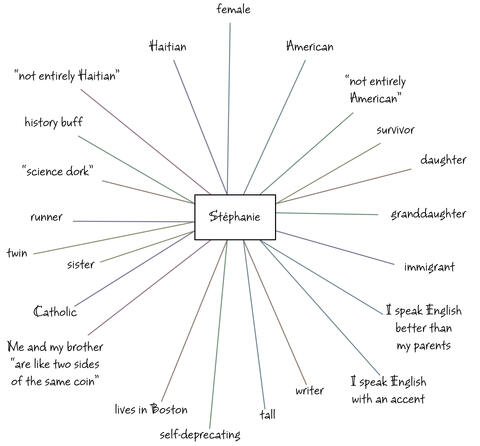
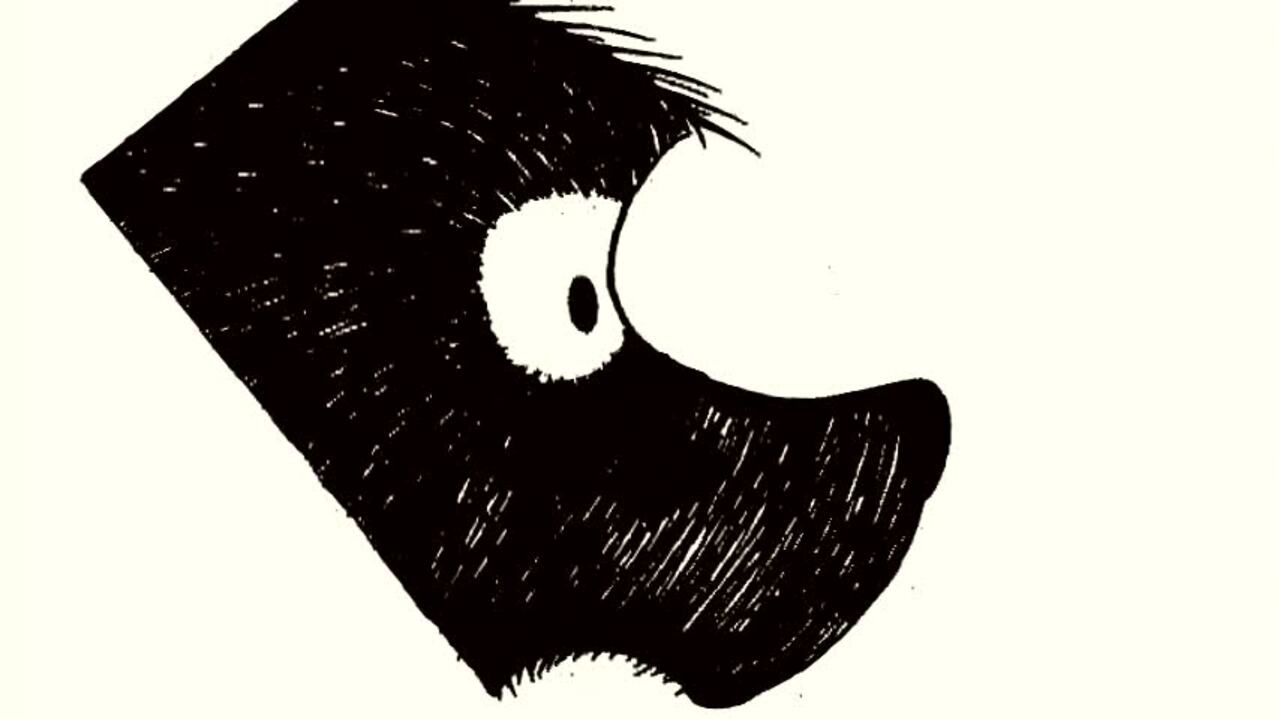


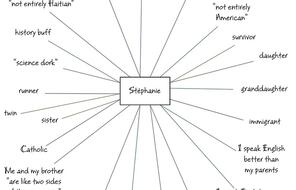
![Artist Glenn Ligon created Untitled: Four Etchings [B] using a quotation from writer Zora Neale Hurston’s essay, “How It Feels to Be Colored Me.”](/sites/default/files/styles/dynamic_stack_296_1x/public/2022-07/D15968_Medium_res.jpg?h=c15025bd&itok=EIHlZetq)
